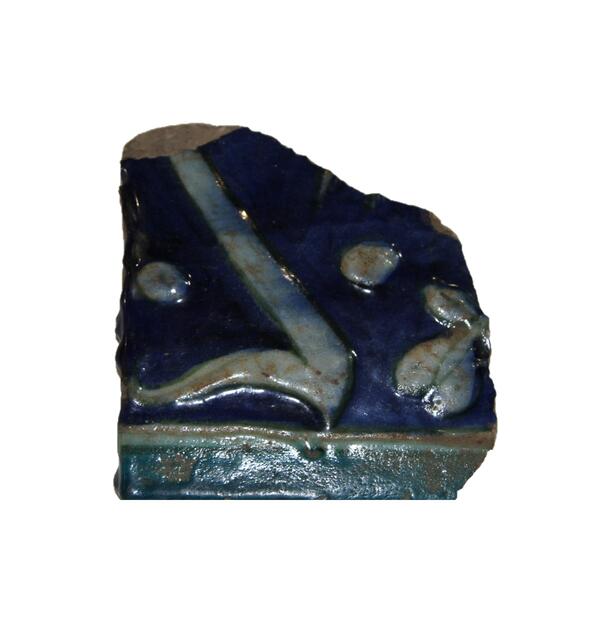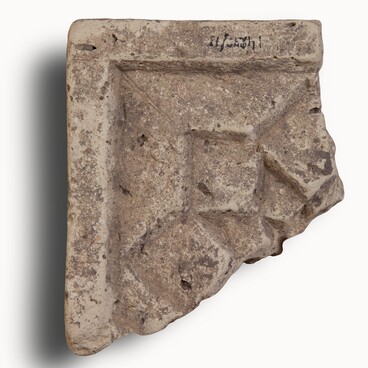At the beginning of the first millennium, potters in Turkey and Iran began to produce majolica pottery. They were ceramic products, decorated with colored compositions in the form of plant patterns and covered with glaze.
It was not long before majolica came into use in monumental architecture, in particular in the urban architecture of different Asian countries. Many of the buildings that have survived from the Middle Ages feature ceramic glazed tiles of various shapes and designs.
The various patterns were most often blue, turquoise and ultramarine. They could be made of yellow inlays, white letters of Arabic inscriptions, yellow and red flowers, rosettes and geometric shapes. Craftsmen used different paints based on minerals: blue was made from cobalt, green — from copper and yellow — from iron.
Public and religious buildings in Muslim cities were often decorated with mosaics, which were made up of individual elements. They were molded from clay as well as cut out of ceramic boards.
When designing majolica, craftsmen of the Golden Horde tended to apply underglaze and overglaze painting. Underglaze painting was more common and involved the use of transparent lead, while overglaze painting was characterized by the use of pewter.
The muslim religion forbade depicting human figures in most cases, so complex weaving ornamental designs of plant or geometric elements were widespread in architectural ceramics and pottery.
It was not uncommon for such a pattern to be accompanied by epigraphic decoration, which reproduced excerpts from the Muslim holy book of Quran and Oriental poetry. Such sacred inscriptions were executed by craftsmen in calligraphic script, with the Arabic language being used on tiles since the adoption of Islam under Uzbek Khan. He belonged to the family of Chingisids, which means he was a direct descendant of Genghis Khan and lived in the period from 1283 to 1341. Uzbek became Khan of the Golden Horde in 1313.
It was not long before majolica came into use in monumental architecture, in particular in the urban architecture of different Asian countries. Many of the buildings that have survived from the Middle Ages feature ceramic glazed tiles of various shapes and designs.
The various patterns were most often blue, turquoise and ultramarine. They could be made of yellow inlays, white letters of Arabic inscriptions, yellow and red flowers, rosettes and geometric shapes. Craftsmen used different paints based on minerals: blue was made from cobalt, green — from copper and yellow — from iron.
Public and religious buildings in Muslim cities were often decorated with mosaics, which were made up of individual elements. They were molded from clay as well as cut out of ceramic boards.
When designing majolica, craftsmen of the Golden Horde tended to apply underglaze and overglaze painting. Underglaze painting was more common and involved the use of transparent lead, while overglaze painting was characterized by the use of pewter.
The muslim religion forbade depicting human figures in most cases, so complex weaving ornamental designs of plant or geometric elements were widespread in architectural ceramics and pottery.
It was not uncommon for such a pattern to be accompanied by epigraphic decoration, which reproduced excerpts from the Muslim holy book of Quran and Oriental poetry. Such sacred inscriptions were executed by craftsmen in calligraphic script, with the Arabic language being used on tiles since the adoption of Islam under Uzbek Khan. He belonged to the family of Chingisids, which means he was a direct descendant of Genghis Khan and lived in the period from 1283 to 1341. Uzbek became Khan of the Golden Horde in 1313.



